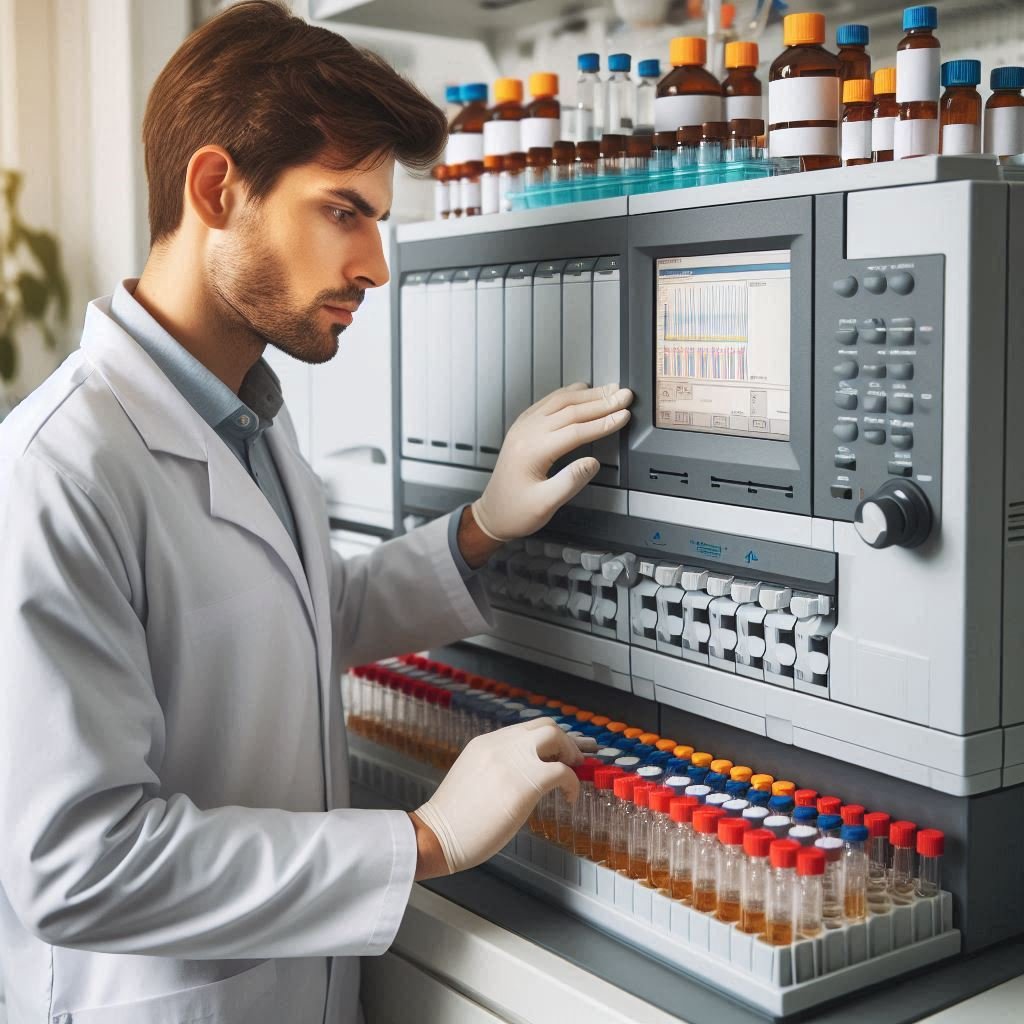Explore the difference between Ruggedness and Robustness testing in pharmaceutical analysis. Learn their importance in ensuring method reliability, consistency, and quality control across varying conditions
The main difference between Ruggedness and Robustness is that Robustness tests a method’s stability under small variations, while Ruggedness assesses its consistency across different operators, instruments, or locations.
In pharmaceutical analysis, robustness and ruggedness are terms often used to assess the reliability and consistency of analytical methods. Although these terms are related, they have distinct meanings and applications in the context of method validation and quality control.

1. Robustness
Robustness refers to the ability of an analytical method to remain unaffected by small, deliberate variations in method parameters. The goal of robustness testing is to evaluate how sensitive the method is to slight changes in conditions like temperature, pH, solvent composition, and even instrument calibration.
Why it’s important: Robustness ensures that the method can handle typical variations in the laboratory environment and still deliver reliable results. This is crucial because variations in environmental or operational conditions are inevitable.
2. Ruggedness
Ruggedness testing evaluates the degree of reproducibility of an analytical method under different conditions by different analysts, using different instruments, or across multiple laboratories. The goal is to determine if the method yields consistent results when subjected to real-world variations that could occur due to equipment differences, analysts’ skill levels, or even different locations.
Why it’s important: Ruggedness is essential for confirming that a method is not overly sensitive to factors that may vary across different laboratories or settings. It ensures the method can be used consistently across different production sites or by different personnel.
| Aspect | Robustness | Ruggedness |
|---|---|---|
| Focus | Small variations in method parameters | Larger variations in conditions, including analyst, equipment, and locations |
| Type of Variations | Minor changes (e.g., temperature, pH, flow rate) | Larger changes (e.g., different analysts, instruments, labs) |
| Objective | To test the method’s reliability under slight changes in conditions | To test the method’s consistency across different settings and operators |
| Scope | Narrow: focuses on conditions directly affecting the analysis | Broader: focuses on reproducibility across different environments and users |
You may like: Relative Response Factor (RRF) in Pharmaceutical Analysis
Both robustness and ruggedness are key components of method validation in pharmaceutical analysis, ensuring that methods are reliable, reproducible, and adaptable under varying conditions. While robustness focuses on the method’s ability to tolerate minor variations, ruggedness tests the method’s reproducibility across broader conditions, such as differing operators or equipment. Together, they help to guarantee the consistency and quality of pharmaceutical products and ensure regulatory compliance.
Related
Not exactly, but they are closely related. Ruggedness includes the concept of intermediate precision, which assesses variability within the same laboratory (different days, analysts, equipment). Ruggedness can also encompass inter-laboratory variability, making it a broader term in some contexts.
Robustness refers to the ability of a method to remain unaffected by small, deliberate variations in method parameters like temperature, pH, or flow rate. It tests the method’s reliability under slight changes in conditions.
Ruggedness, on the other hand, refers to how reproducible a method is when tested under different conditions, such as varying operators, instruments, or locations. It evaluates the method’s consistency across broader real-world variations.
Robustness testing is critical because it ensures that the analytical method will continue to deliver reliable results under small fluctuations in laboratory conditions. Since variables like temperature, equipment calibration, and reagent composition may change slightly during routine testing, robustness ensures that the method is not overly sensitive to these minor variations, allowing for consistent results over time.
oth robustness and ruggedness testing are vital for ensuring the reliability, consistency, and quality of pharmaceutical products. Robustness ensures that methods can be used reliably in everyday laboratory settings with minor operational fluctuations, while ruggedness guarantees that the method will give consistent results across different labs, instruments, and analysts. This is crucial for regulatory compliance, method transfer between sites, and maintaining high product quality during production.
Further Reading
Join Our Newsletter
Quick Links